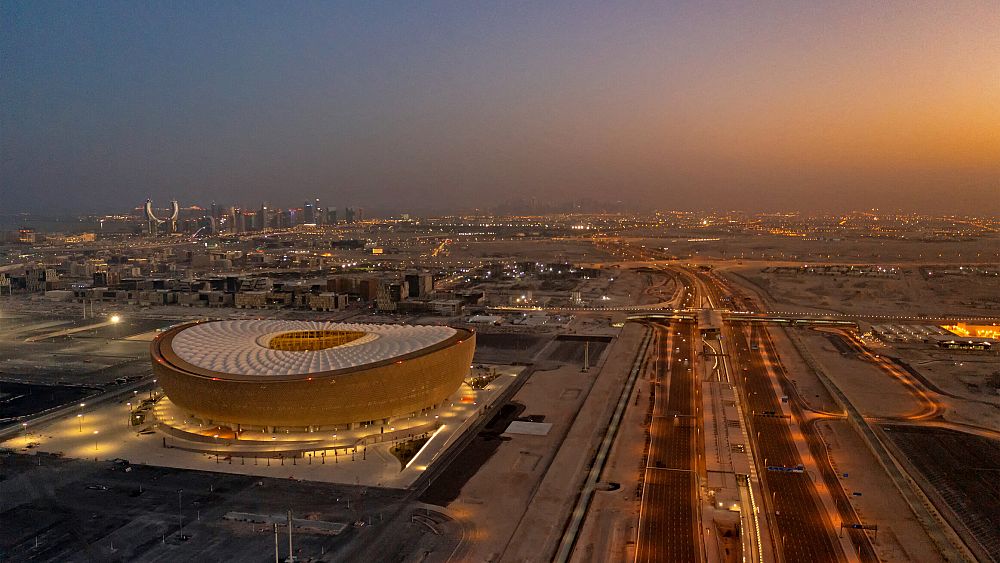What will happen to Qatar’s World Cup Stadiums?
4 min read

It’s hard to believe it has been two months since the World Cup final took place in Qatar.
The iconic player posters that lit up the city’s skyscrapers have all gone. The ticketing booths, Hayya Service Centres and other tournament help points have been replaced, and the pre-tournament look has returned to the country.
And, for now, the eight World Cup tournament stadiums are empty.
The stadiums are works of architectural brilliance, each with a unique design. They feature state-of-the-art facilities to enhance the fan experience, which left long-lasting memories of the games that took place within them. Because Qatar is a small country, there is less need for these arenas after World Cup.

The stadiums have become iconic globally, but what will become of them? The goal of the Supreme Committee in 2010 was to have a sustainable legacy after the World Cup. Therefore, all eight stadiums will be utilised in some capacity. The Khalifa International Stadium, where Japan famously made the round of 16 by defeating Spain, was built before the World Cup bid was won. It will continue to be the home of Qatar’s national team and host other large sporting events thanks to its ability to hold athletic tournaments.
Stadium 974 is certainly unique, and it hosted some memorable games to suit its striking design. Argentina progressed from the group stage by beating Poland 2-0, and Brazil ran riot against the Korea Republic in the round of 16, winning 4-1 thanks to impressive goals from Vinicius Jr and Richarlison.
The stadium took its name from the 974 shipping containers it took to construct it. The ground was praised for being the world’s first ‘transportable stadium’ because it can be dismantled and reassembled anywhere in the world.
At the end of the World Cup, Stadium 974 was to be donated to another country. Since then, Qatar has announced other major sporting events over the upcoming 12 months that may require a stadium like 974.
“I personally think that it’s probably going to stay around for a little bit longer than expected,” revealed Mitch Freely, Middle-East football expert.
“I think now that Qatar obviously won the Asian Cup for 2024, I think the stadium is going to form a big part of that, and probably the vast majority of the World Cup stadiums are going to be used again for that tournament.”

Ahmad Bin Ali and Al Janoub stadiums will be reduced by half in capacity. Qatar will donate around 40,000 removed seats to sub-Saharan African nations to help improve those countries’ footballing infrastructure. The Qatar Stars League will use both stadiums.
There will be a reduction in capacity for some stadiums but not a reduction in quality.
“These stadiums are the gold standard, in my opinion. The gold standard of stadium facilities.” – Mario Zraunig, Stadium Operations Manager at Ahmad Bin Ali.
“And that’s going to be the benchmark for many World Cups to come. And that’s part of the legacy. So Qatar has always broadcasted to the world that there is a legacy for every stadium. And that goes to show the Asian Cup is going to be a following event to make sure that the facilities are utilised, to make sure that the facilities host all the events, not just the World Cup.” Mario concluded.

Meanwhile, Education City Stadium will be remembered mainly for Morocco knocking Spain out in the round of 16 in a penalty shoot-out. The stadium was named after its location and will remain part of Qatar’s education hub. The area is home to various university campuses and facilities. The stadium sits alongside three world-class sporting pavilions for swimming, indoor sports and track and field. The area is an attractive prospect for international students looking to study in the Middle East.
Lusail and Al Bayt stadiums were the hosts to some of the tournament’s most iconic games, with Lusail going down in history as the place where Argentina legend Lionel Messi finally lifted the World Cup.

Currently, the plan is for these stadiums to be repurposed entirely. Both stadiums will become community hubs, including hotels, shopping malls and cafes. A sports medicine hospital will be built on part of the Al Bayt Stadium in Al Khor. It will also maintain its traditional Qatari tent design, which is synonymous with Qatari culture.
So, Qatar’s World Cup commitment is clear; all eight World Cup stadiums will be put to good use. From sports hospitals to their own Qatar Sports League, the country will get the best out of these state-of-the-art facilities to ensure the legacy of the 2022 World Cup is cemented for years, if not decades, to come.




